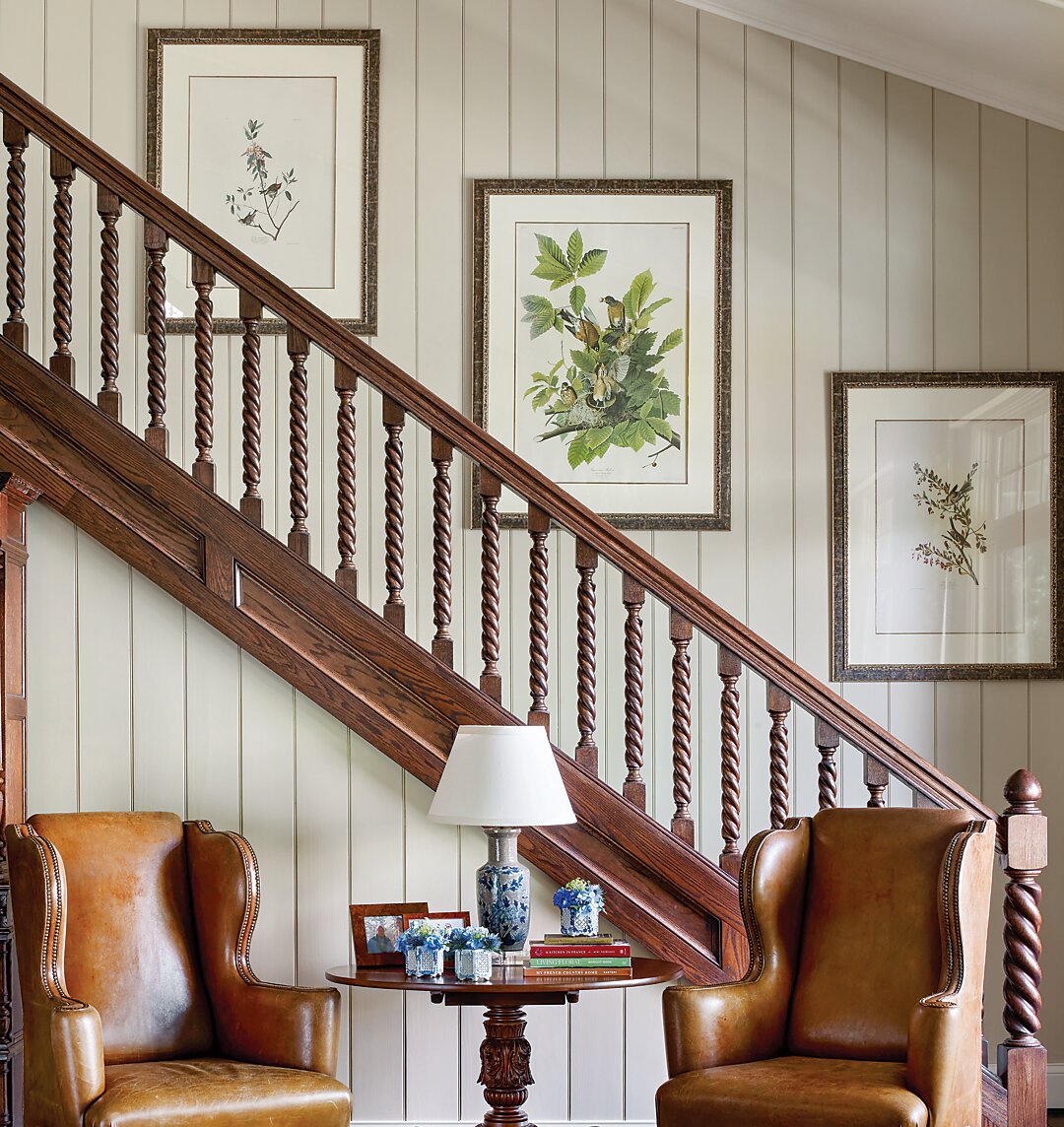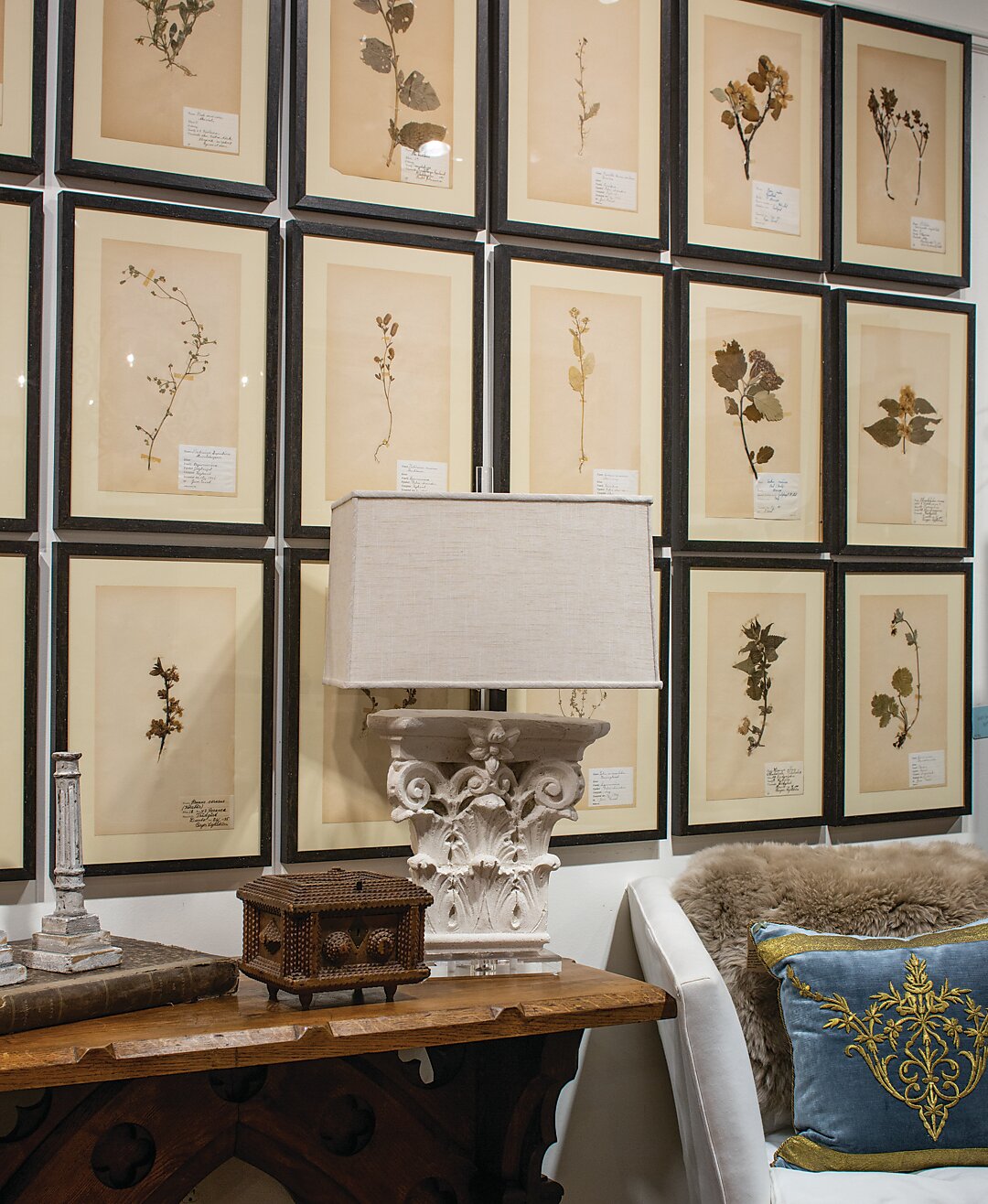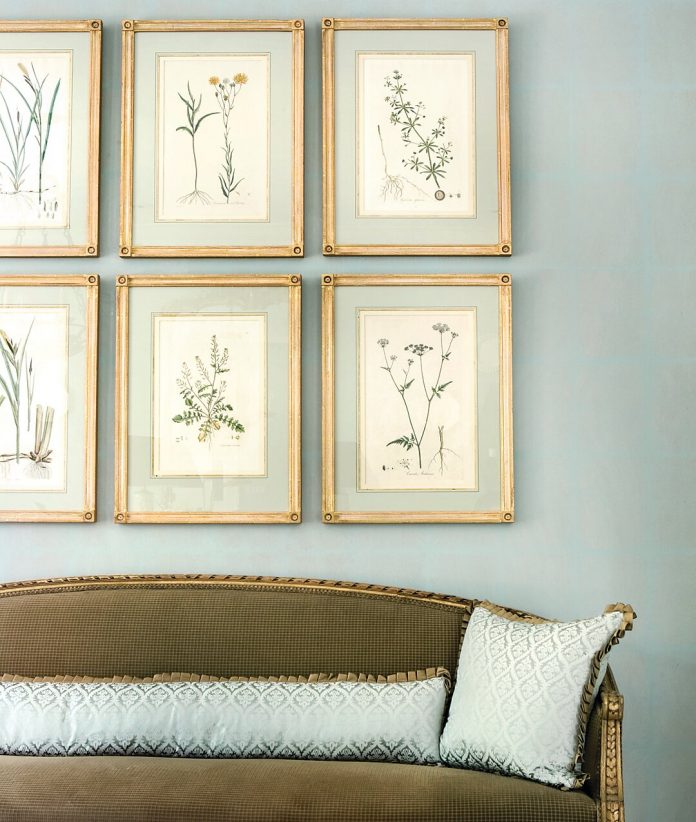Although plants and flowers have been ever-present in art since ancient times, they rarely played starring roles, more often than not relegated to the background or treated as decorative flourishes. Their artistic status began to rise, however, in the medieval era, when interest in their medicinal properties grew, prompting the development of a type of book called “herbals,” whose copious illustrations of plants and flowers helped to instruct readers in their medicinal uses.
While herbals may have elevated botanical illustrations to a more prominent position, it was not until the Renaissance that they finally became an art form of their own, one which combined science with beauty.
Owing to sixteenth- and seventeenth-century Europeans’ burgeoning interest in the world around them, attention turned to nature, which was increasingly studied in a scientific manner. In botanical art, this meant that plants and flowers were now rendered with a high degree of realism, which required artists to possess at least some botanical knowledge in order to accurately illustrate them.
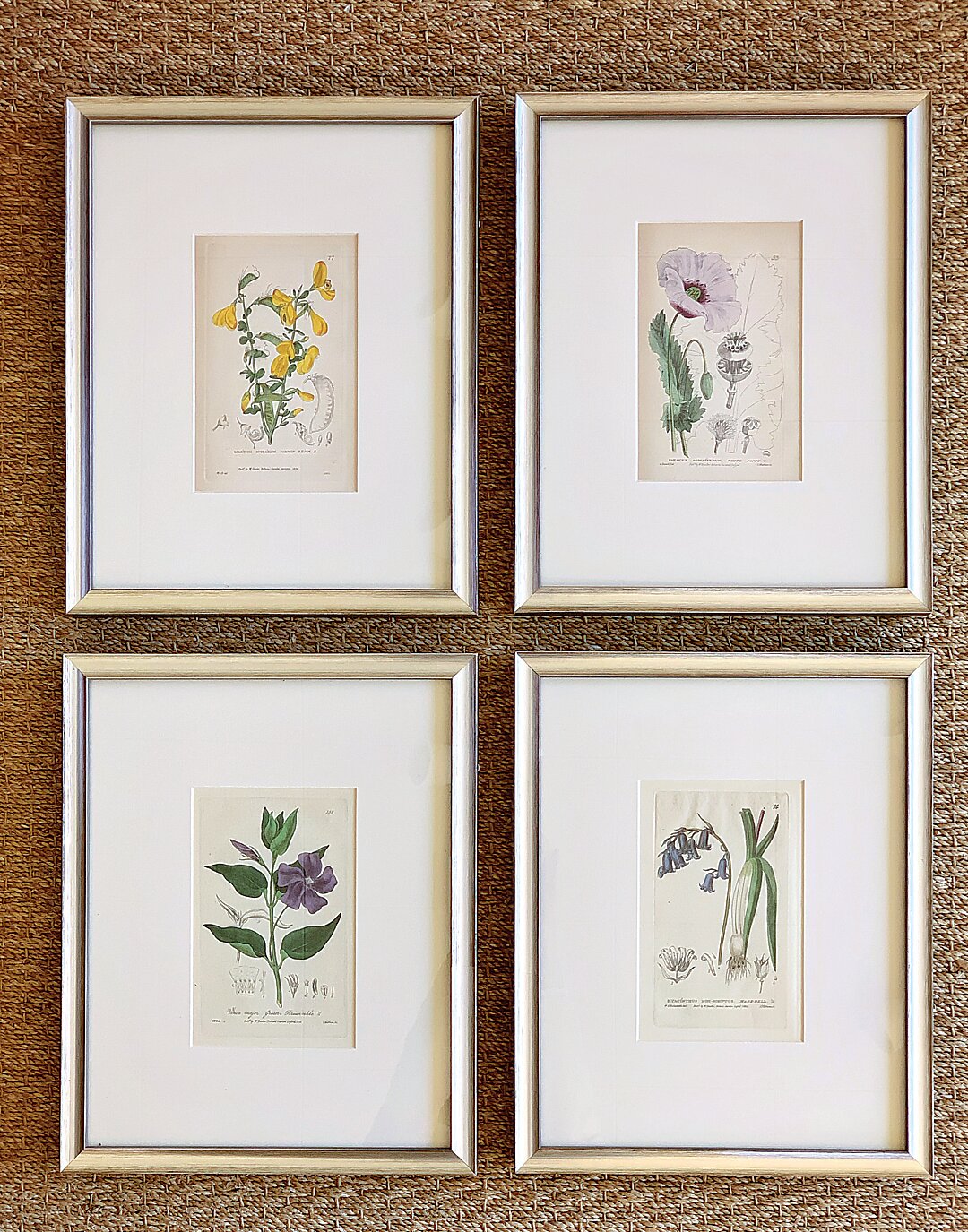
It also meant that in terms of composition, the floral subjects became the sole focus, with their backgrounds typically left unadorned. Some of the Renaissance era’s best examples of botanical illustrations are those by German painter Albrecht Dürer, who, although better known for his magnificent portraits, and religious paintings, executed watercolors of flowers that he painted from observation.
One of his most acclaimed watercolors is that of an iris, whose delicate flowers, captured in various stages of bloom, were rendered so beautifully that it helped to establish a still-prevalent hallmark of the genre, which is that artistic merit is just as important as scientific accuracy.
In addition to scientific advancement, exploration also influenced the art of botanical illustrations. Although Europeans were keenly fond of their native flowers, exotic plants became increasingly familiar sights thanks to globe-trekking explorers and the scientists who traveled with them. Seeds and cuttings from previously unknown flora were shipped back to Europe, setting off a frenzy among botanists and wealthy flower enthusiasts to incorporate these new finds into their plant collections.
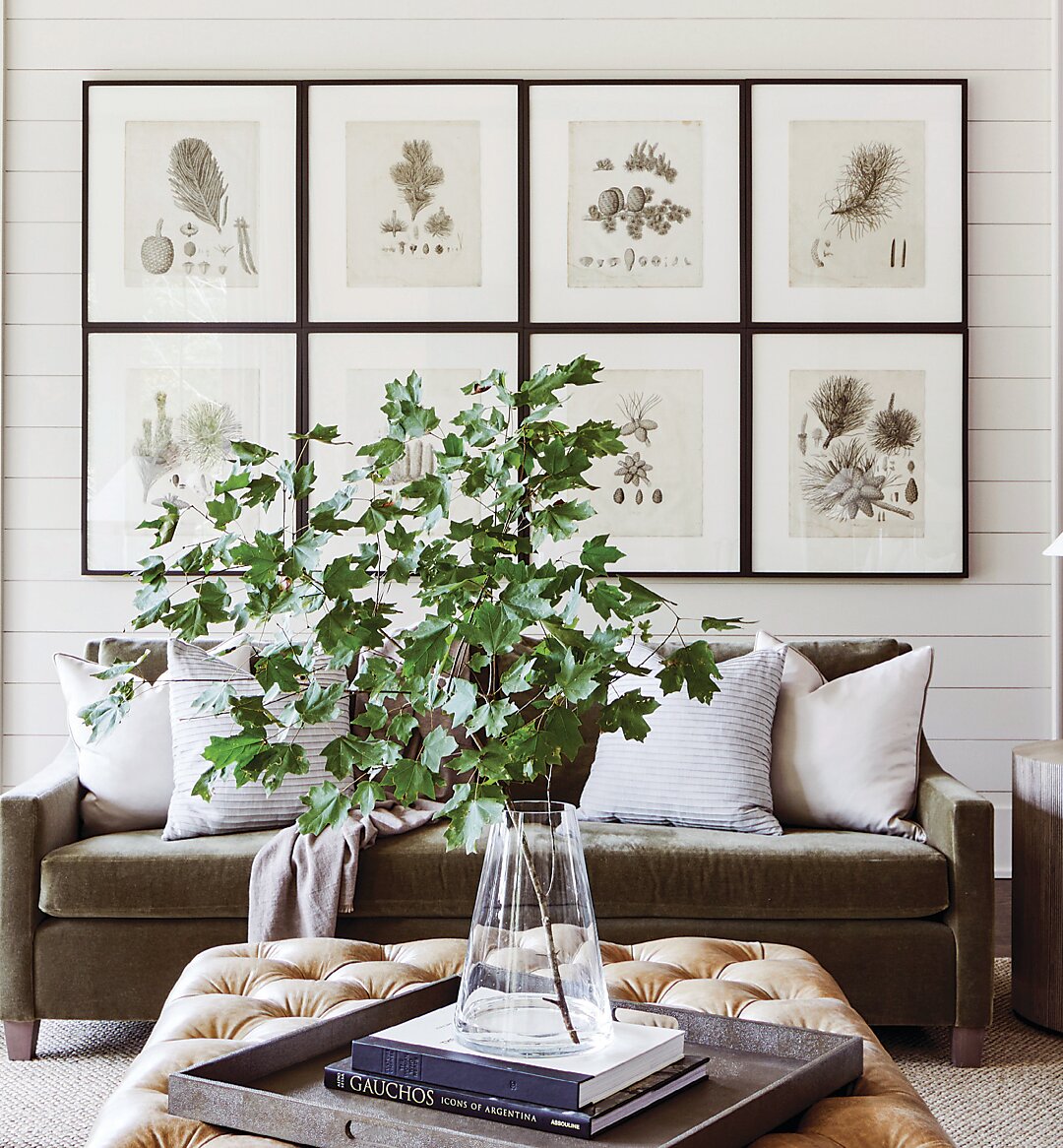
In fact, the desire to amass a worldly array of botanical specimens was so great that a new type of publication was created to document these collections: the lavish florilegium, a book which was almost entirely comprised of floral illustrations; depending on how many copies of a florilegium were produced, the illustrations were either original watercolor paintings on paper or vellum or, far more often, hand-colored prints. Florilegia became so popular that they helped bring popularity not just to the flowers they documented but to floral illustrators as well, many of whom are still widely revered today.
One of the most renowned figures in botanical art is the seventeenth-century German artist and entomologist Maria Sibylla Merian, whose exquisite renderings depicted flowers that were often accompanied by insects, which she had the opportunity to study firsthand during her own travels to South America.
In the eighteenth century, there was Georg Dionysius Ehret, considered by many to be the most accomplished botanical artist of all time. A former gardener, Ehret gave his illustrations added scientific gravitas by rendering incredibly detailed parts of a plant’s structure. He was also one of the first to include the plant’s proper botanical Latin name in each illustration, a practice which became the norm for this genre.
Although the golden age of botanical illustration is considered to have started around the middle of the eighteenth century, it extended into the early-to mid-nineteenth century, thanks in large part to artist Pierre-Joseph Redouté, whose fame eclipsed that of his predecessors. Known as “the Raphael of flowers,” Redouté painted for Marie Antoinette and later, Empress Josephine of France, for whom the artist famously painted the flowers of Malmaison. He also illustrated and published two hugely popular florilegia devoted to lilies and roses, titled Les Liliacées and Les Roses, respectively. The fact that his work continues to be reproduced and published today is testament to our enduring affection for flowers and the art that eternalizes their beauty.
